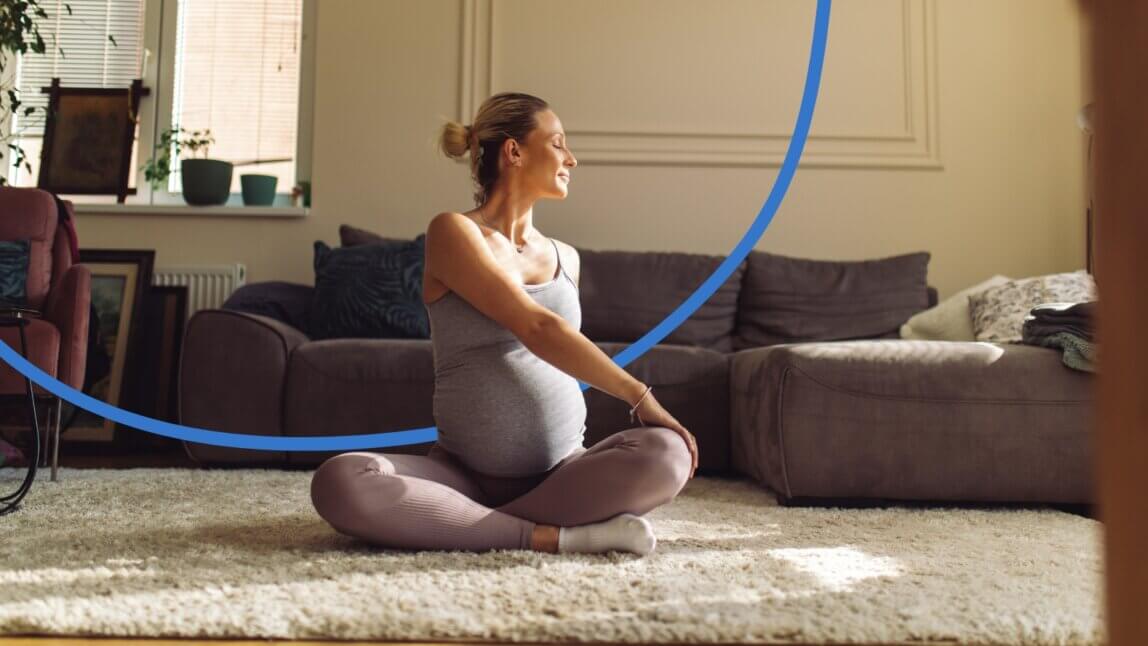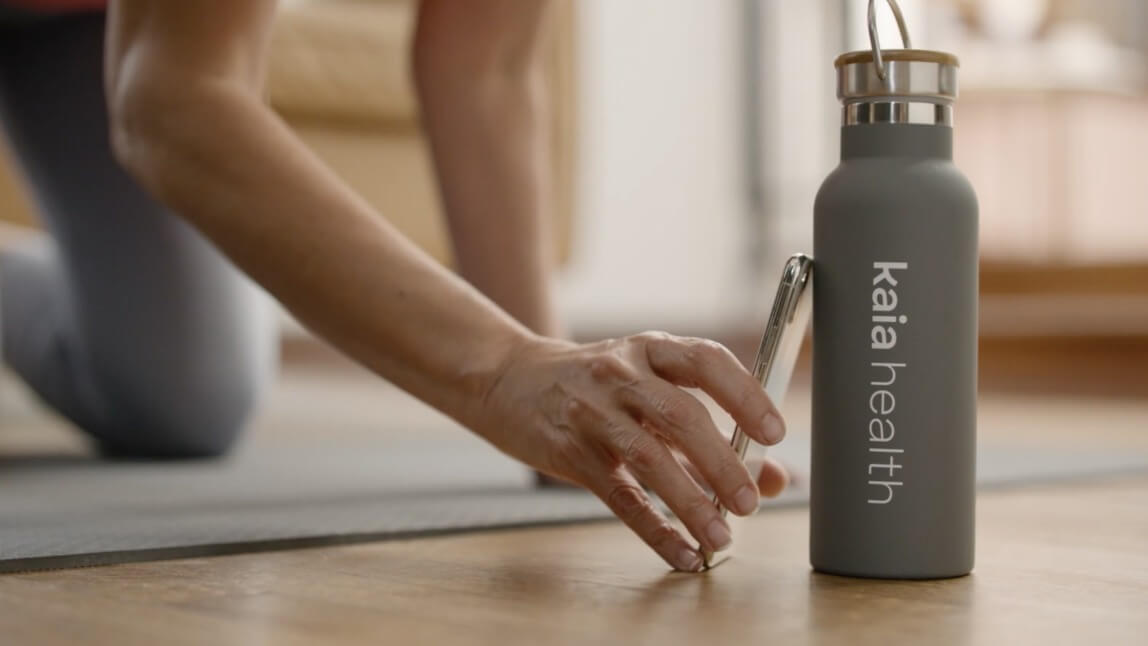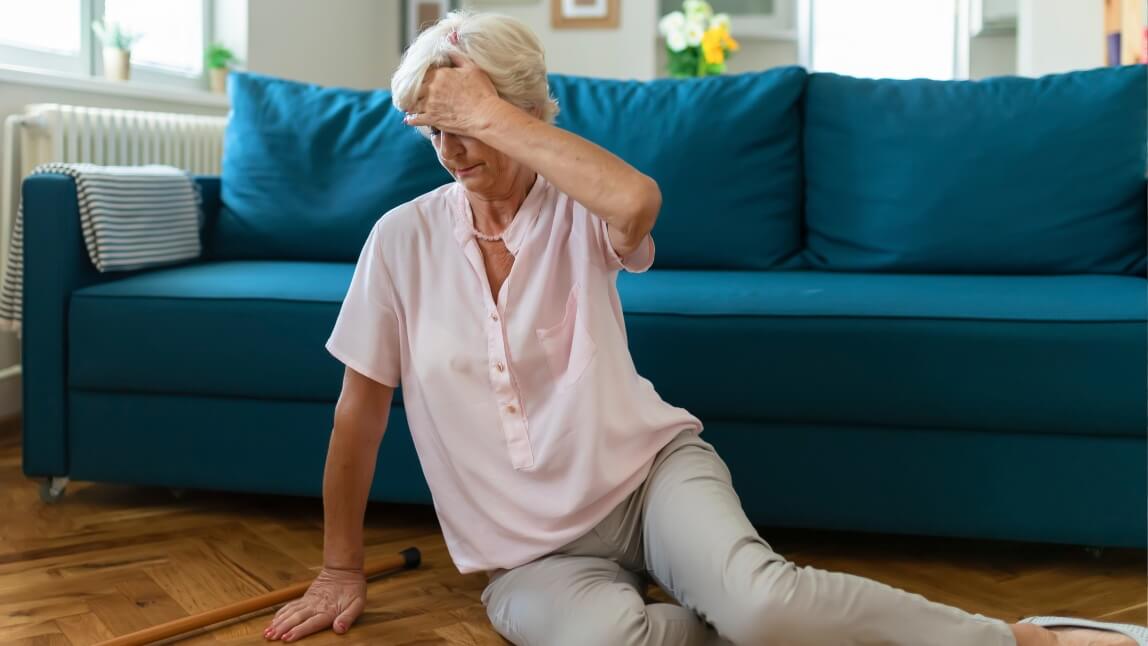
Top 10 Tips for Relieving Lower Back Pain as You Age
Discover effective strategies to alleviate lower back pain in seniors and embrace your golden years with strength and confidence.
8 min read

Further Reading
-
 Discover practical strategies to alleviate lower back pain during pregnancy, from posture tips to safe exercises.4 min read
Discover practical strategies to alleviate lower back pain during pregnancy, from posture tips to safe exercises.4 min read -

Leading Fortune 150 Energy & Utilities Provider Maximizes ROI with Kaia Health
Prominent Fortune 150 company sees 3X ROI and $990K in cost savings with Kaia Health.2 min read -

Effective Fall Prevention Strategies for Seniors
Falls are alarmingly common among older adults and are a leading cause of injury, according to the CDC. But you don’t have to accept falls as an inevitable part of aging.3 min read
